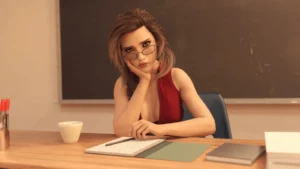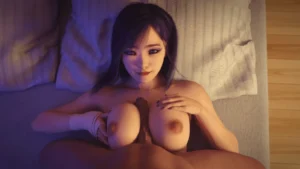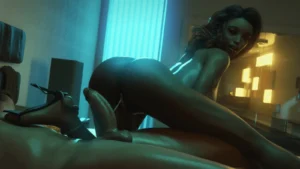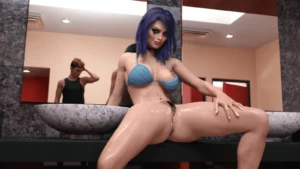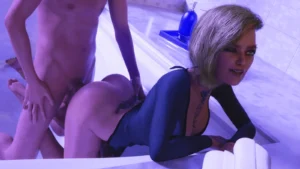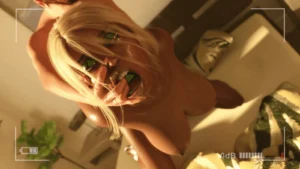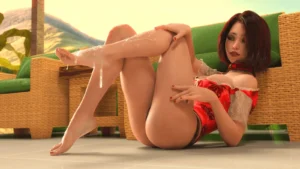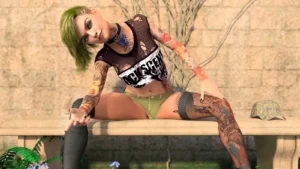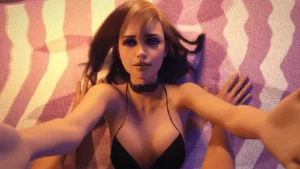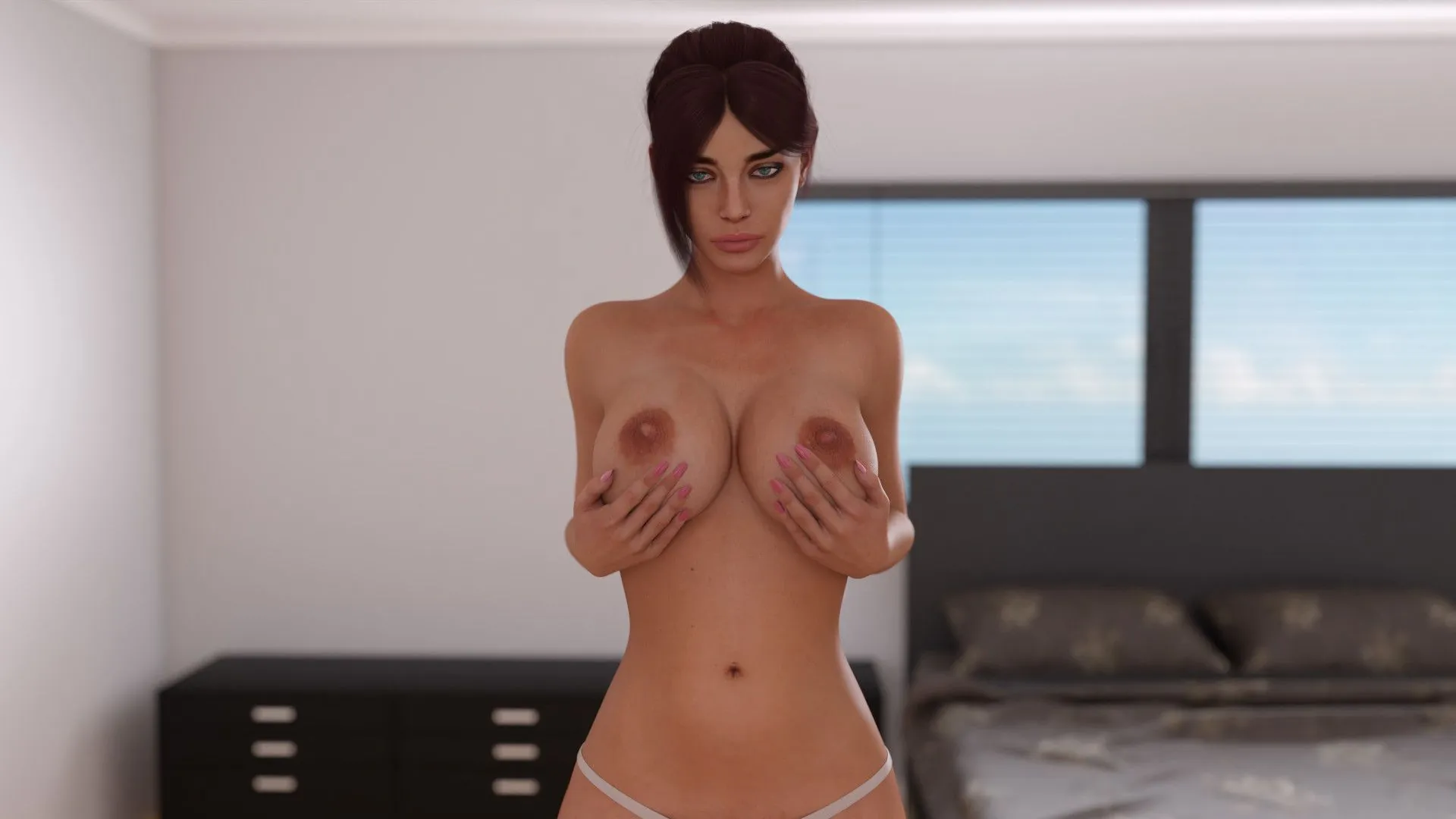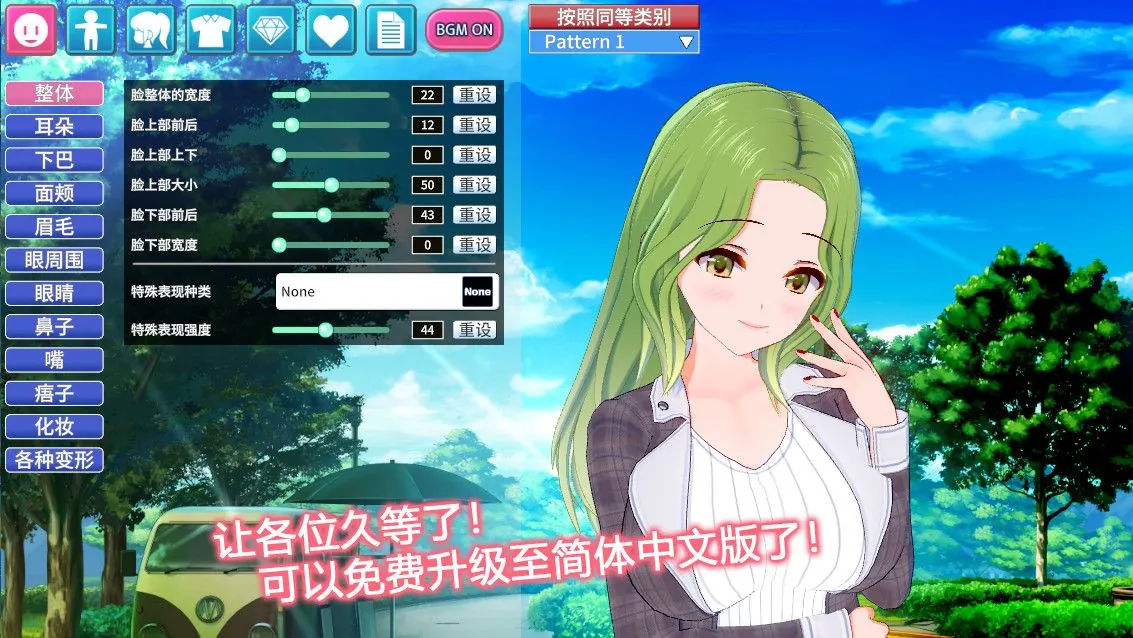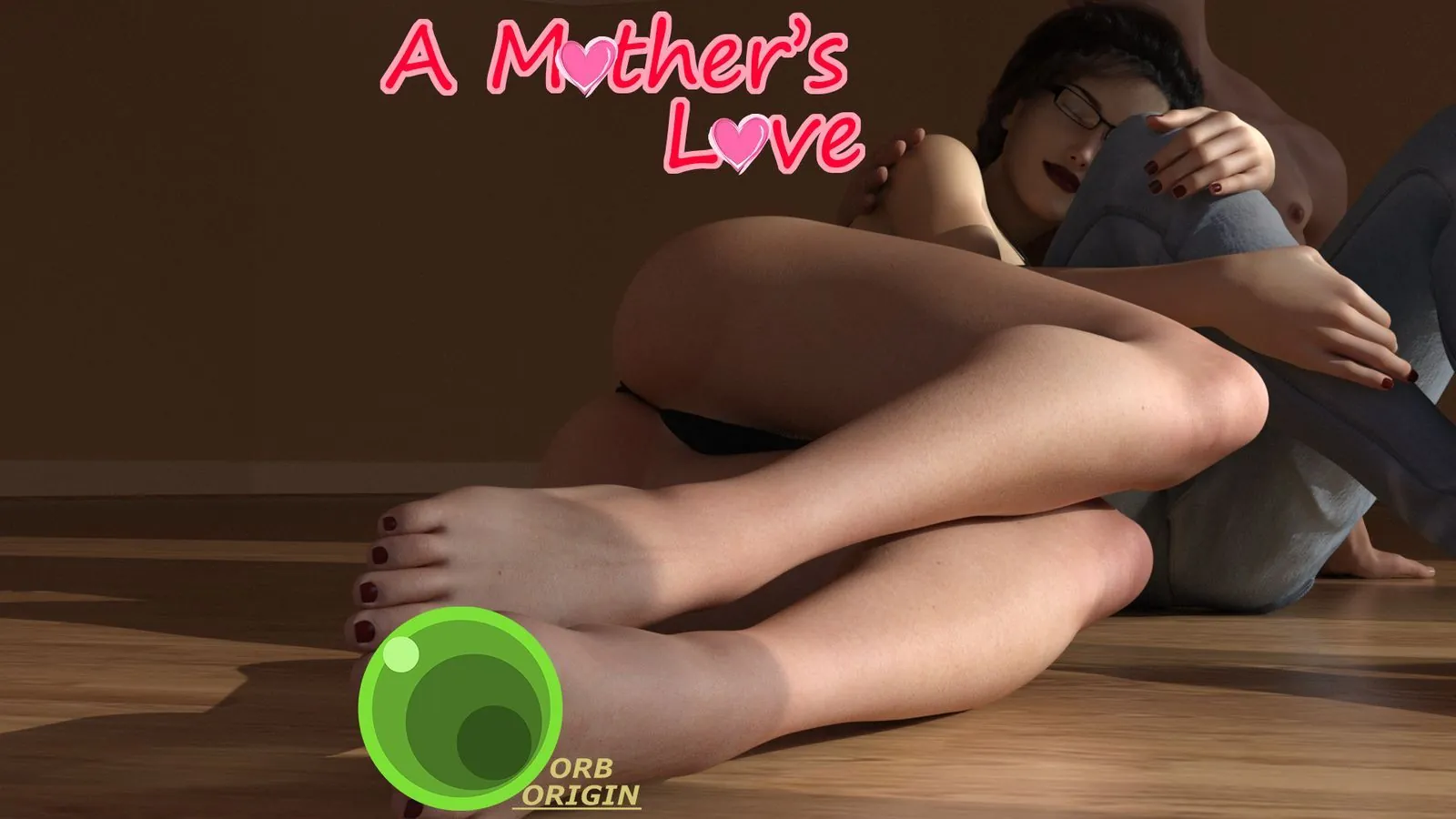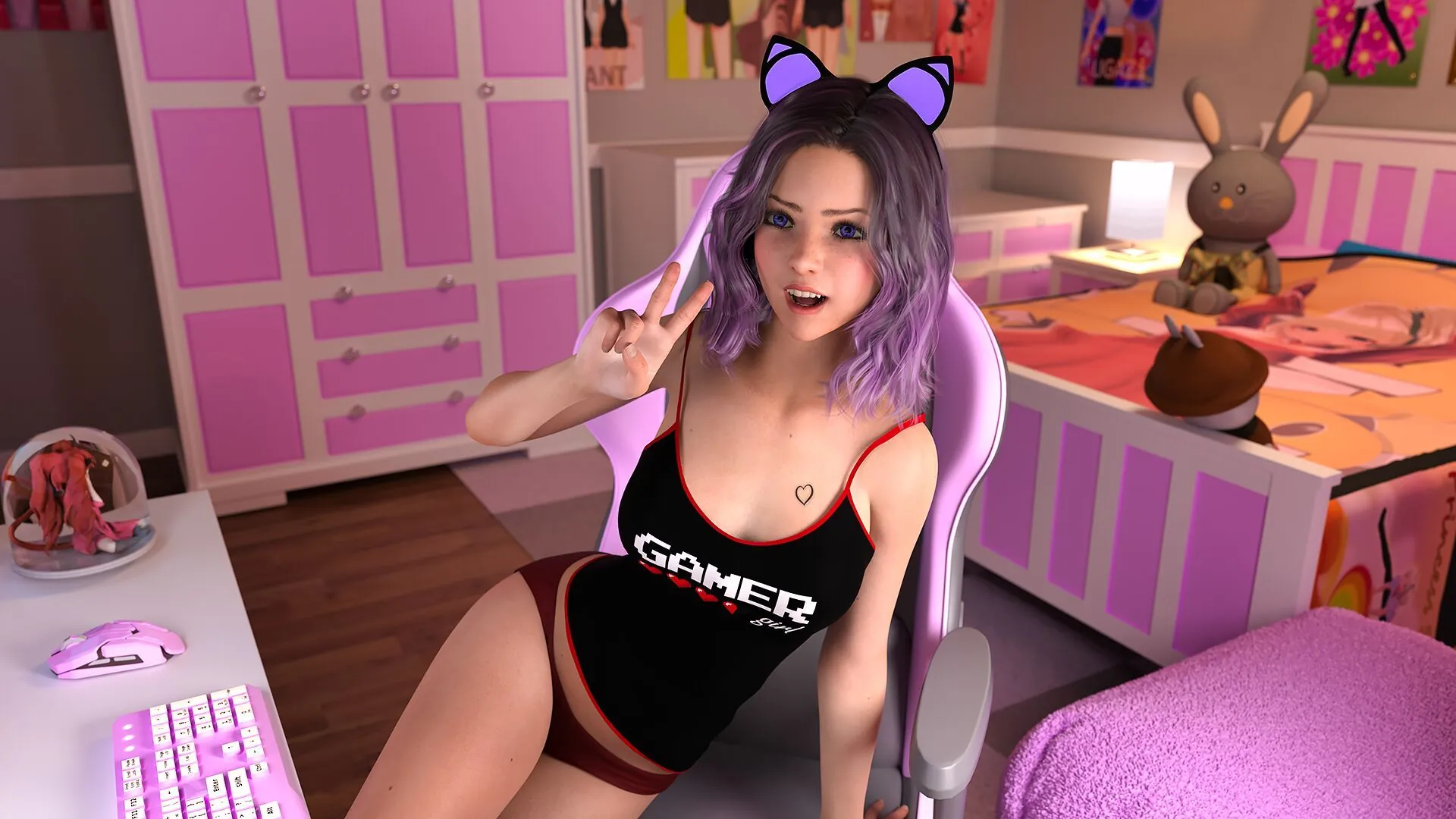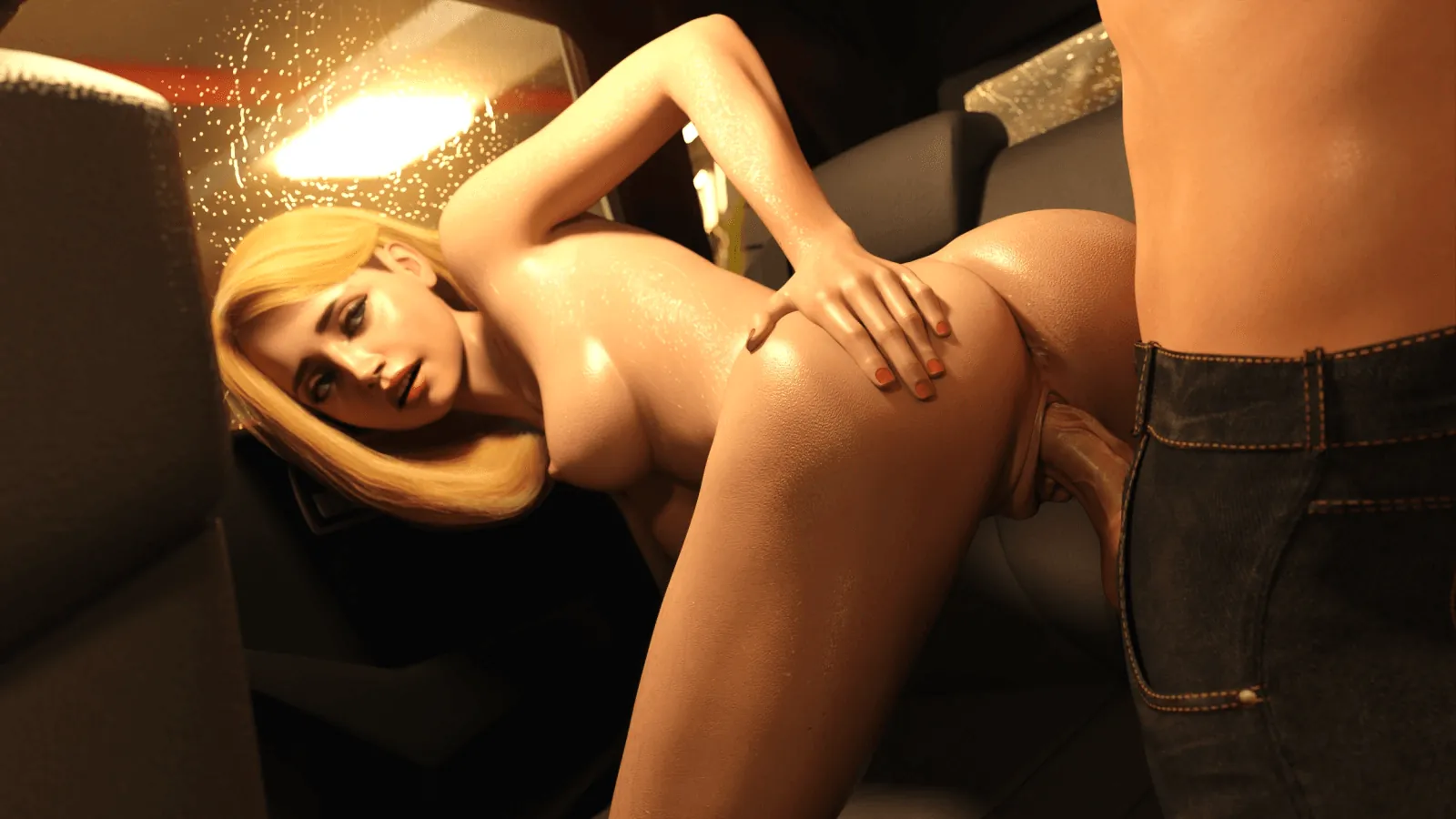
Photo Hunt
Play Photo Hunt
Photo Hunt review
Unraveling the Intricacies of This Visual Novel
Photo Hunt is a captivating visual novel that seamlessly blends storytelling with sandbox exploration. Players navigate through a city, interacting with characters and making choices that significantly impact the narrative. With a focus on building relationships and unlocking various content paths, Photo Hunt offers a rich and replayable experience. This article will delve into the game’s mechanics, character development, and the strategic decisions that shape the player’s journey.
Gameplay Mechanics and Storyline
Navigating the City and Interacting with Characters
Stepping into the world of Photo Hunt for the first time feels like being handed the keys to a vibrant, living city. 🗺️ The core of the visual novel gameplay is this incredible sense of sandbox exploration. You’re not on a rigid track; you’re free to roam the map, deciding which locations to visit and, more importantly, which characters to seek out. I remember my first playthrough, I spent a whole in-game week just hanging out at the café, completely missing a major story thread at the park! This freedom is what sets the experience apart.
Every interaction is a building block. When you approach a character, the dialogue choices you make are crucial. It’s not just about picking the “nice” option; it’s about understanding their personality. Is Emma having a bad day? Maybe a supportive, quiet comment is better than a cheery joke. This is where you see the beginnings of profound character development in games. Each conversation slowly reveals layers, from their personal ambitions to their hidden insecurities, making your connections feel earned and authentic. 👥
Building Relationships and Unlocking Content
This is where the magic truly happens. In Photo Hunt, your social connections are your progress bar. Every meaningful interaction earns you Love Points with the various characters, and these points are the literal keys to the kingdom. I learned this the hard way when, after ignoring Alex for too long, I found myself locked out of a stunning beach photoshoot scene I didn’t even know existed! 😲
The game masterfully ties relationship building in Photo Hunt directly to content access. It’s a brilliant feedback loop: the more you invest in a character, the more of their personal story you unlock, which in turn makes you more invested in them. This system ensures that the replayability in visual novels is through the roof. My second playthrough was dedicated solely to pursuing Sophia, and it felt like a completely different game, revealing a storyline about her art career I had no clue about before.
Here’s a quick breakdown of the key relationship stats you need to manage:
| Stat Name | What It Does | Why It Matters |
|---|---|---|
| Love Points | Measures your romantic connection with a specific character. | Unlocks intimate scenes, special dates, and character-specific endings. |
| Friendship Level | Tracks your platonic bond with characters. | Opens up side quests, grants useful information, and provides in-game perks. |
| Trust | A hidden stat that influences how characters react to your promises. | Breaking promises can lower this stat and close off future story branches. |
Strategic Decision-Making in Photo Hunt
Don’t be fooled by the pretty pictures—Photo Hunt requires genuine strategic decision-making in games. Your time and energy are limited resources. Do you spend your evening building points with the charismatic photographer, Leo, or do you help your best friend move apartments, boosting your Friendship Level? There is no “right” answer, only the path you choose to carve. This constant weighing of options is the heart of the visual novel gameplay.
The narrative impact of player choices is immense and often immediate. I’ll never forget one playthrough where I had to make a choice between defending a character’s reputation or staying silent to avoid drama. I chose to stay silent, thinking it was the safe option. To my shock, that single decision not only ended my romantic path with that character but also altered how three other characters perceived me for the rest of the game. The consequences are real, and they ripple outward. 🌊
Pro Tip: Keep multiple save files! Before a major story event or a difficult choice, save your game. This lets you experience the different branches of the story without having to replay dozens of hours.
Let’s look at a concrete scenario. Imagine you’ve built a strong connection with two characters, and you’re invited to two exclusive events happening at the same time:
- Choice A: Attend the high-society gallery opening with Clara.
- Choice B: Help Jake with his underground music gig.
This isn’t just a cosmetic choice. Choosing the gallery might increase your “Culture” stat and unlock a new network of affluent contacts, while helping with the gig could boost your “Creativity” and open up edgier, more rebellious story options. The other character you reject will be noticeably distant, and you may miss their unique story arc for that playthrough entirely. This is the essence of strategic decision-making in games—every action is an investment, and every choice closes one door while opening another. 🚪
Ultimately, the replayability in visual novels like this one comes from the desire to see those other doors, to build different relationships, and to witness the full narrative impact of player choices. It’s a deeply personal and strategic experience that proves a story can be both yours to discover and yours to shape.
In conclusion, Photo Hunt offers a unique blend of exploration and storytelling, making it a compelling experience for fans of visual novels. By understanding the game’s mechanics and how player choices impact the narrative, players can maximize their enjoyment and explore all the game has to offer. Whether you’re interested in character development or strategic gameplay, Photo Hunt has something for everyone.

